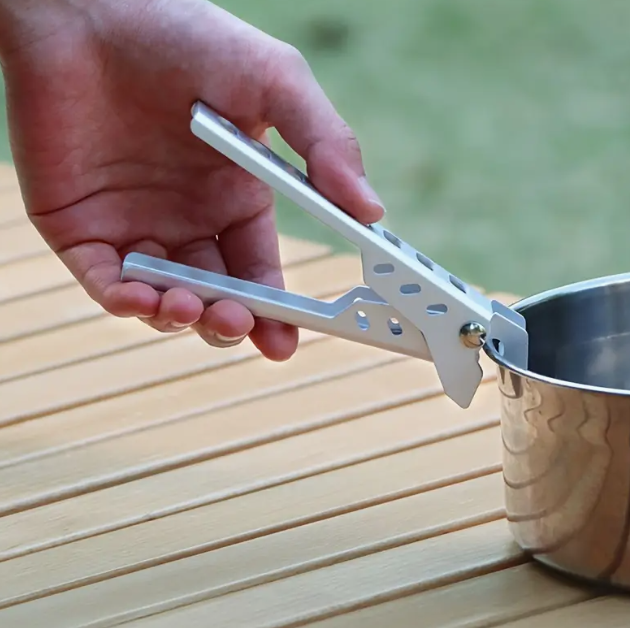
Camp Cooking Safety: Tips for a Fun and Safe Outdoor Culinary Adventure
When it comes to outdoor adventures, nothing beats the joy of cooking and sharing meals under the open sky. However, camp cooking comes with its own set of challenges and safety considerations. Whether you’re a seasoned camper or a novice, keeping safety in mind is essential for an enjoyable experience. Here are some crucial tips for safe camp cooking.
1. Choose Your Cooking Location Wisely
- Flat Ground:** Set up your cooking area on level terrain, away from hazards like falling branches or unstable rocks.
- Distance from Tents: Keep your cooking space at least 10 feet away from tents and sleeping areas to reduce fire risk.
- Ventilation: If you’re using a stove, ensure your cooking area is well-ventilated to prevent gas buildup.
2. Use Appropriate Cooking Gear
- Sturdy Equipment: Invest in durable cookware and utensils that can withstand outdoor conditions. Avoid glass containers that can break easily.
- Fire Safety Tools: Always have a fire extinguisher, water, or sand nearby when cooking over an open flame. Know how to use them!
- Utensils with Long Handles: Opt for tools with long handles to keep your hands away from heat sources.
3. Practice Food Safety
- **Keep it Cold: Store perishable foods in a cooler with ice packs to prevent spoilage. Check the temperature regularly.
- Cook Thoroughly: Ensure meats are cooked to safe temperatures (e.g., 165°F for poultry) to kill harmful bacteria.
- Use Separate Cutting Boards: Prevent cross-contamination by using separate boards for raw meat and vegetables.
4. Be Mindful of Fire Safety
- Check Fire Regulations: Before starting a fire, check local regulations about open flames and campfires.
- **Use Designated Fire Pits:** Always cook over designated fire pits or grills where permitted, and avoid creating new fire sites.
- **Extinguish Fires Properly:** When done cooking, fully extinguish your fire with water, making sure no embers remain hot enough to reignite.
5. Avoid Hazardous Materials
- No Flammable Liquids: Never use gasoline or other flammable liquids to start a fire. Instead, use approved fire starters or kindling.
- **Beware of Wildlife:** Keep food and cooking gear secured to avoid attracting animals. Store food in bear-proof containers if in bear country.
6. Maintain Personal Safety
- Wear Protective Gear: Use gloves when handling hot equipment and consider wearing closed-toe shoes to protect your feet.
- **Stay Hydrated:** Drink plenty of water while cooking, especially in warm weather. Dehydration can lead to poor decision-making and accidents.
- **Have a First Aid Kit:** Always have a first aid kit on hand for minor cuts, burns, or other injuries.
7. Clean Up Thoroughly
-Dispose of Waste Properly: Always pack out what you pack in. Dispose of food scraps and trash responsibly.
- Wash Hands Frequently: Maintain hygiene by washing your hands with soap and water before and after handling food.
Conclusion
Camp cooking can be one of the most rewarding aspects of outdoor adventures, but prioritizing safety is essential. By following these tips, you can ensure that your culinary experiences in the great outdoors are not just delicious but also safe for everyone involved. Happy camping and cooking!
